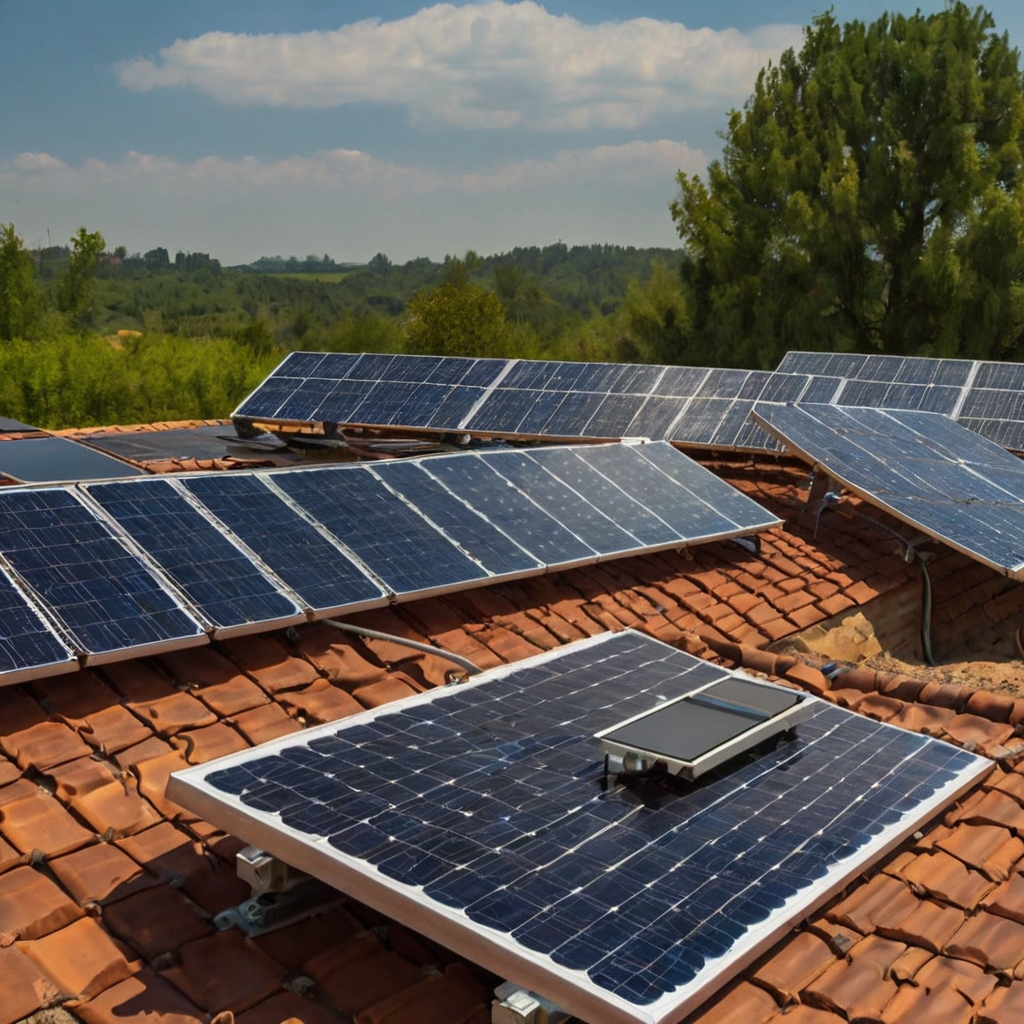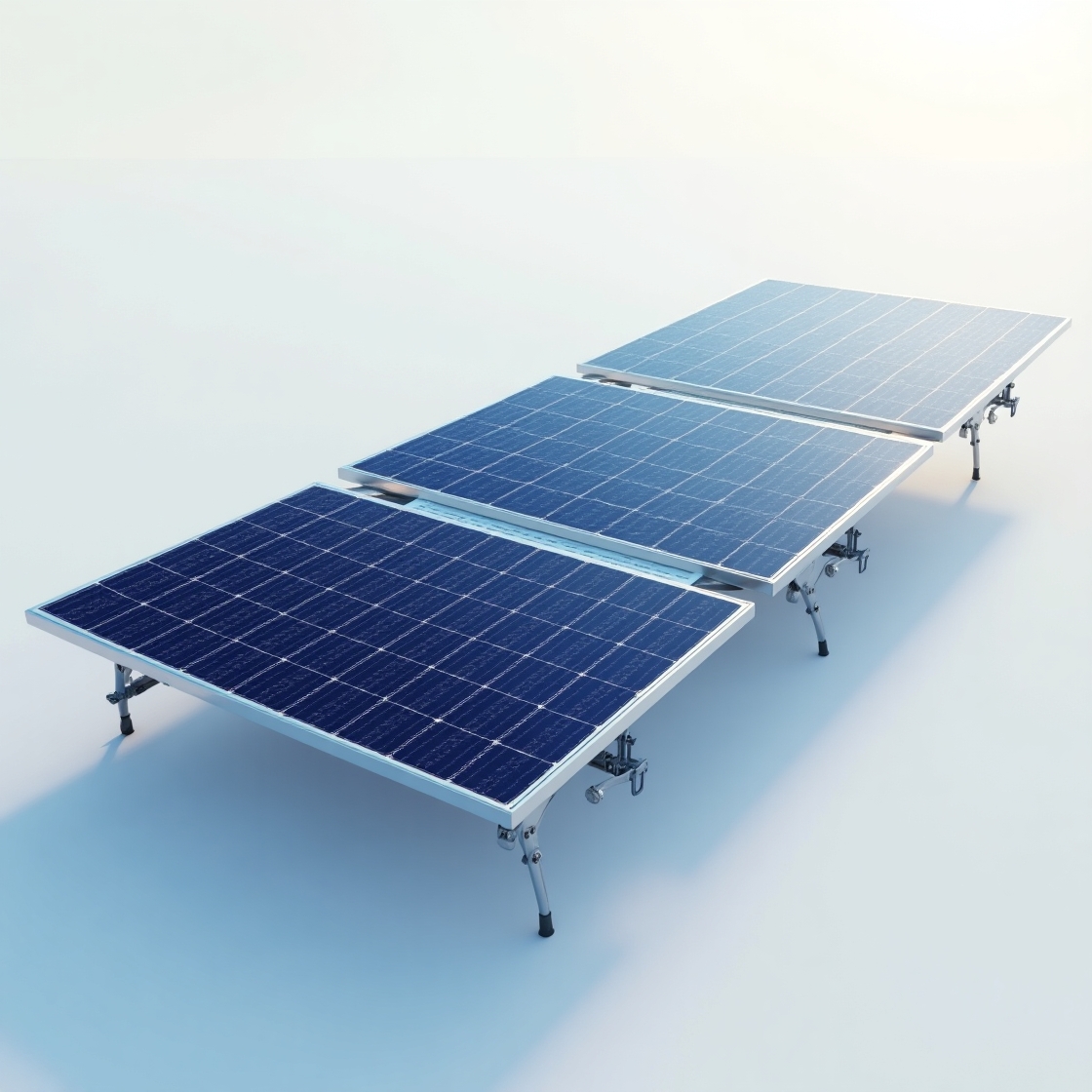Investing in solar energy is not just a sustainable choice—it's a financially smart one too. But how do you know if solar panels are worth the cost? Two key metrics help you evaluate the economic benefits: Payback Period and Return on Investment (ROI). In this blog, we’ll break down these concepts and show you how to calculate the true value of going solar.
Investing in solar energy is not just a sustainable choice—it's a financially smart one too. But how do you know if solar panels are worth the cost? Two key metrics help you evaluate the economic benefits: Payback Period and Return on Investment (ROI). In this blog, we’ll break down these concepts and show you how to calculate the true value of going solar.


In an era where sustainability meets economic necessity, commercial solar systems are no longer just an environmental choice—they’re a smart business decision. From reducing operational costs to enhancing brand reputation, solar energy is transforming the way businesses power their operations.
Payback Period = Total System Cost / Annual Energy Savings
Total System Cost (after incentives): $12,000
Annual Energy Savings: $1,500
Payback Period = $12,000 / $1,500 = 8 years
After 8 years, you’ve recouped your investment. With panels lasting 25+ years, that’s 17+ years of free electricity.
Several factors influence how fast you recover your investment:
System Size and Cost: Larger systems generate more savings but may cost more upfront.
Electricity Rates: Higher utility rates mean greater savings per kWh.
Incentives & Rebates: Federal tax credits, state rebates, and net metering can significantly shorten the payback period.
Energy Usage: The more you use, the more you save with solar.
Location & Sunlight: Areas with more sun exposure will produce more power.
Return on Investment (ROI) measures how profitable your solar investment is over time.
ROI (%) = (Net Profit from Solar / Total Investment) × 100
Total Investment: $12,000
25-Year Energy Savings: $35,000
Net Profit: $35,000 - $12,000 = $23,000
ROI = ($23,000 / $12,000) × 100 = 191.7%
That means for every $1 you spent, you earned back nearly $2 in savings.
Here’s what makes solar one of the best home investments:
Reduced Monthly Bills: Save 50–100% on electricity, depending on system size.
Energy Independence: Hedge against rising utility rates.
Property Value Boost: Solar-equipped homes often sell faster and at a premium.
Tax Credits: The U.S. federal solar tax credit (ITC) offers a 30% deduction on system costs.
Low Maintenance Costs: Solar systems typically require minimal upkeep.
There are different ways to finance your solar panel installation:
Cash Purchase: Highest ROI, shortest payback period.
Solar Loans: Low upfront cost with long-term savings, though ROI depends on interest rates.
Leases or PPAs: No upfront cost, but typically lower overall savings and no ownership benefits.
Tip: Always compare financing options to maximize your ROI.

Understanding the economics of solar helps you make a confident, informed decision. With rising electricity prices and improving solar technology, there's never been a better time to go solar. Whether you're a homeowner looking to cut your bills or a business aiming for energy independence, solar power delivers long-term value and financial peace of mind.